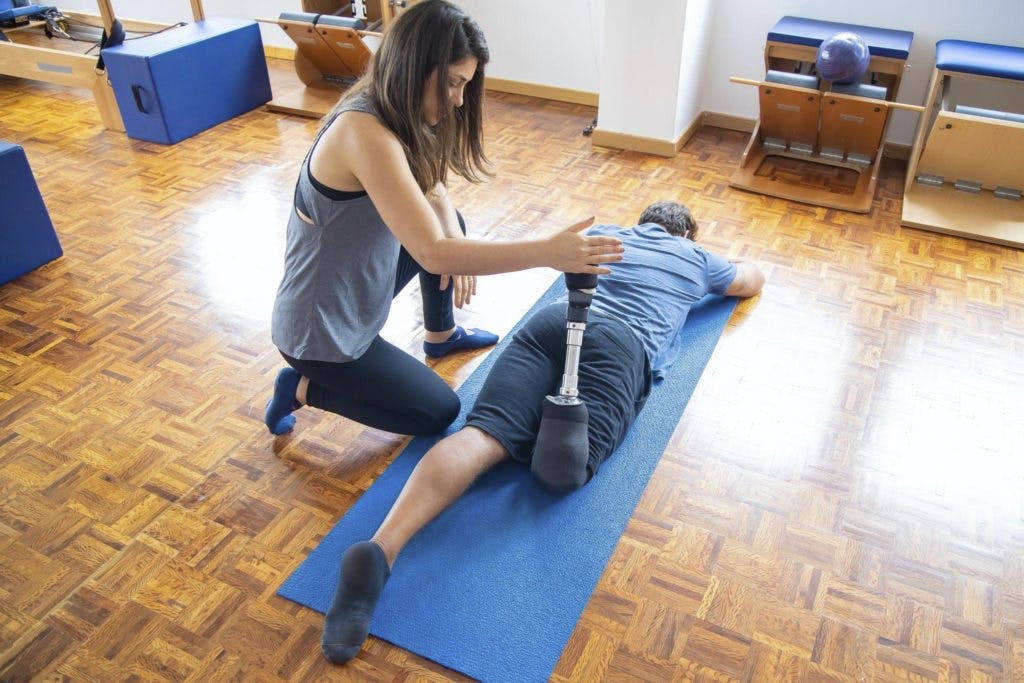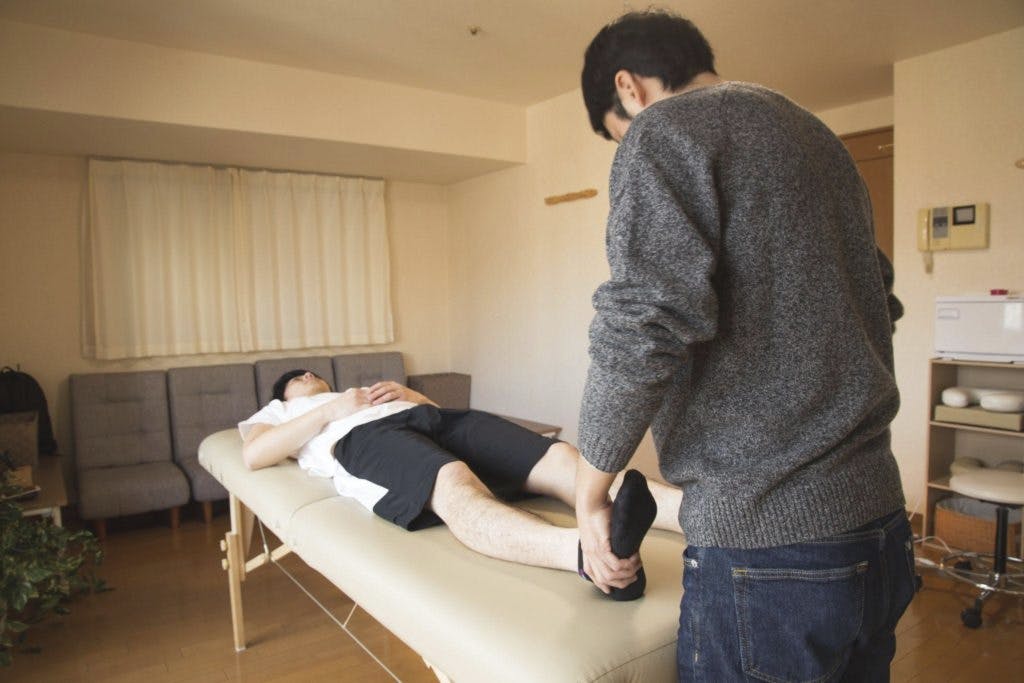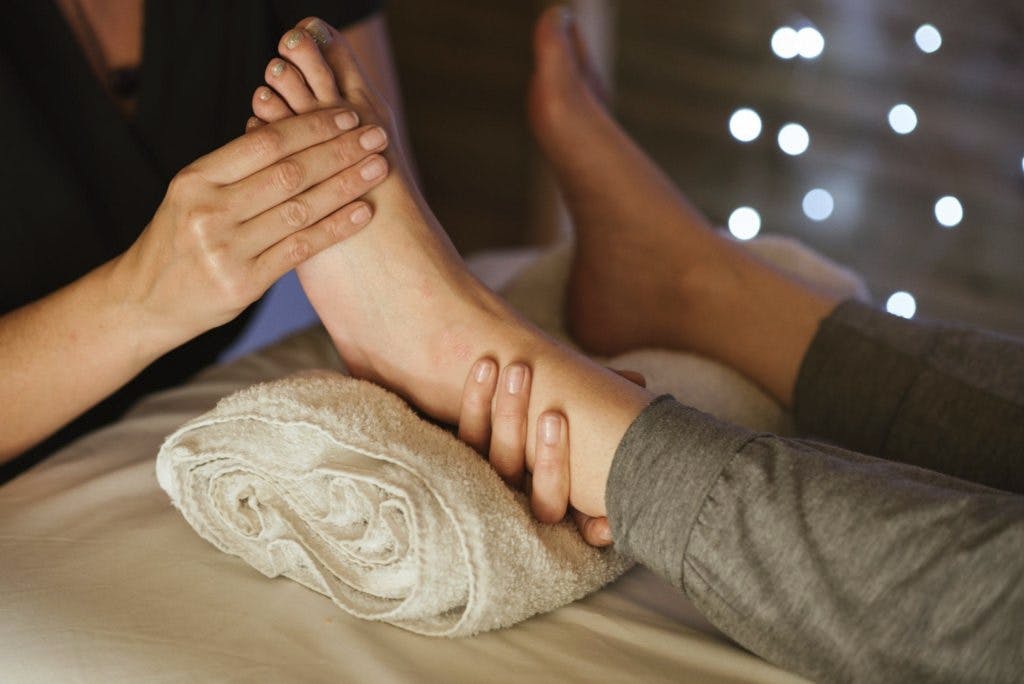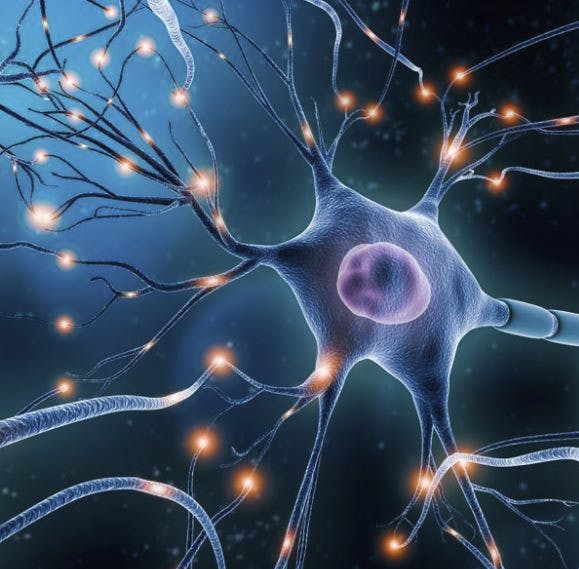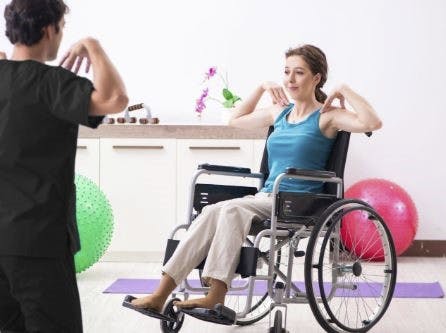This may be a question that has crossed your mind at some point, and you might have inquired with your Physical therapist about it.
“Women’s health” is a term that has been used to describe a variety of different things, but in general, it refers to the physical and mental well-being of women.
This includes everything from preventative care to treatment for various conditions and diseases.
For example, many women come to physical therapy for help with pelvic floor dysfunction, which can lead to incontinence or other problems.
Women may also seek physical therapy for the treatment of conditions like pregnancy-related back pain, osteoporosis, or even lymphedema (a condition in which there is an abnormal buildup of lymph fluid in the tissues).

There are many different ways that physical therapy can help women to maintain their health and well-being. If you have any questions about how physical therapy could help you, be sure to ask your therapist. They will be able to assess your individual needs and create a treatment plan that is right for you.
Guides to Symptoms and Conditions:
Pelvic Floor Dysfunction: In pelvic floor dysfunction, the muscles and tissues that support the pelvic organs are weak or damaged. This can lead to problems such as incontinence or prolapse (when the pelvic organs drop down into the vagina).
Pregnancy-Related Back Pain: Many women experience back pain during pregnancy, as the extra weight of the baby puts strain on the spine and muscles. Physical therapy can help to ease this pain and improve your overall mobility.
Osteoporosis: Osteoporosis is a condition in which the bones become weak and fragile, making them more susceptible to fractures. Women are at a higher risk for osteoporosis than men, and physical therapy can help to strengthen the bones and improve balance and coordination, which can help to prevent falls.
Lymphedema: Lymphedema is a condition in which there is an abnormal buildup of lymph fluid in the tissues. This can cause swelling in the arms or legs. Physical therapy can help to reduce swelling and improve your range of motion.
Overall, physical for women’s health assists women to understand how their bodies work and take charge of their health.”

What to expect from women’s health physical therapy:
- A comprehensive evaluation of your medical history and symptoms
- A physical examination to assess your strength, flexibility, and range of motion
- A discussion of your goals for therapy
- The creation of a personalized treatment plan to address your specific needs
- Therapeutic exercises to improve strength, flexibility, and range of motion
- Manual therapy techniques to reduce pain and inflammation
- Education on self-care and injury prevention
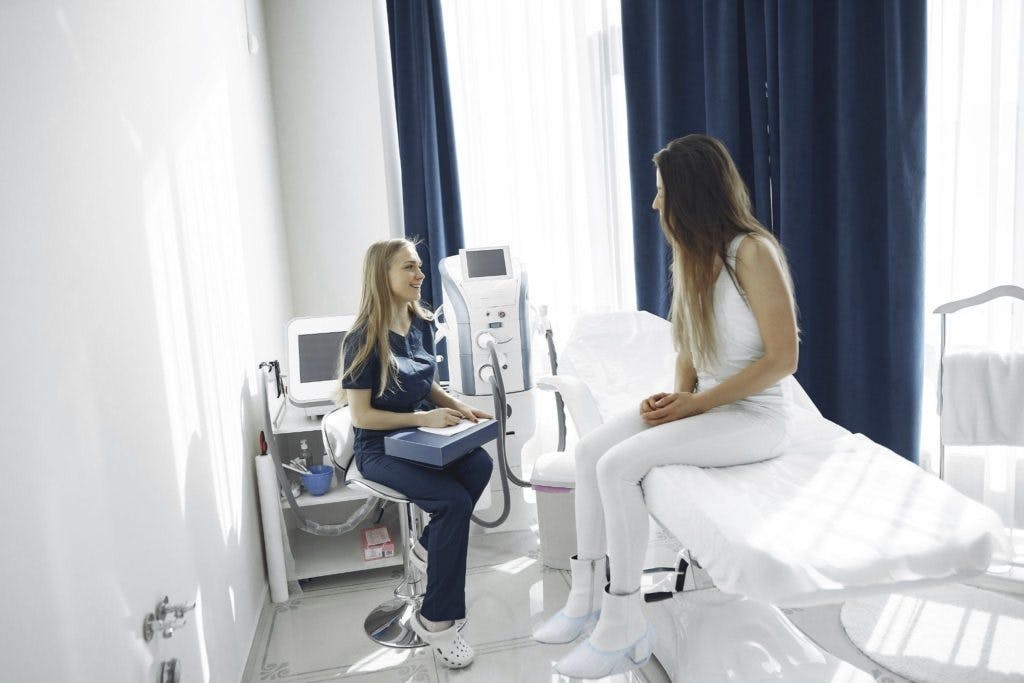
Conclusion:
Women go through a lot of changes throughout their lives, from puberty to childbirth and menopause. All of these changes can affect a woman’s body, mind, and emotions.
Women’s health physical therapy is a type of physical therapy that is designed to help women cope with these changes and keep their bodies healthy.
If you are experiencing any problems with your physical health, or if you have any questions about women’s health, be sure to talk to your doctor or physical therapist.
Austin Physical Therapy specialists also offer women’s health physical therapy.
Our physical therapists are specialized in women’s health physical therapy and have a deep understanding of how the female body works and how it changes over time.
We use this knowledge to help women manage pain, heal from injuries, and stay strong and healthy throughout their lives.
For further queries contact us!!
Thank you!!


